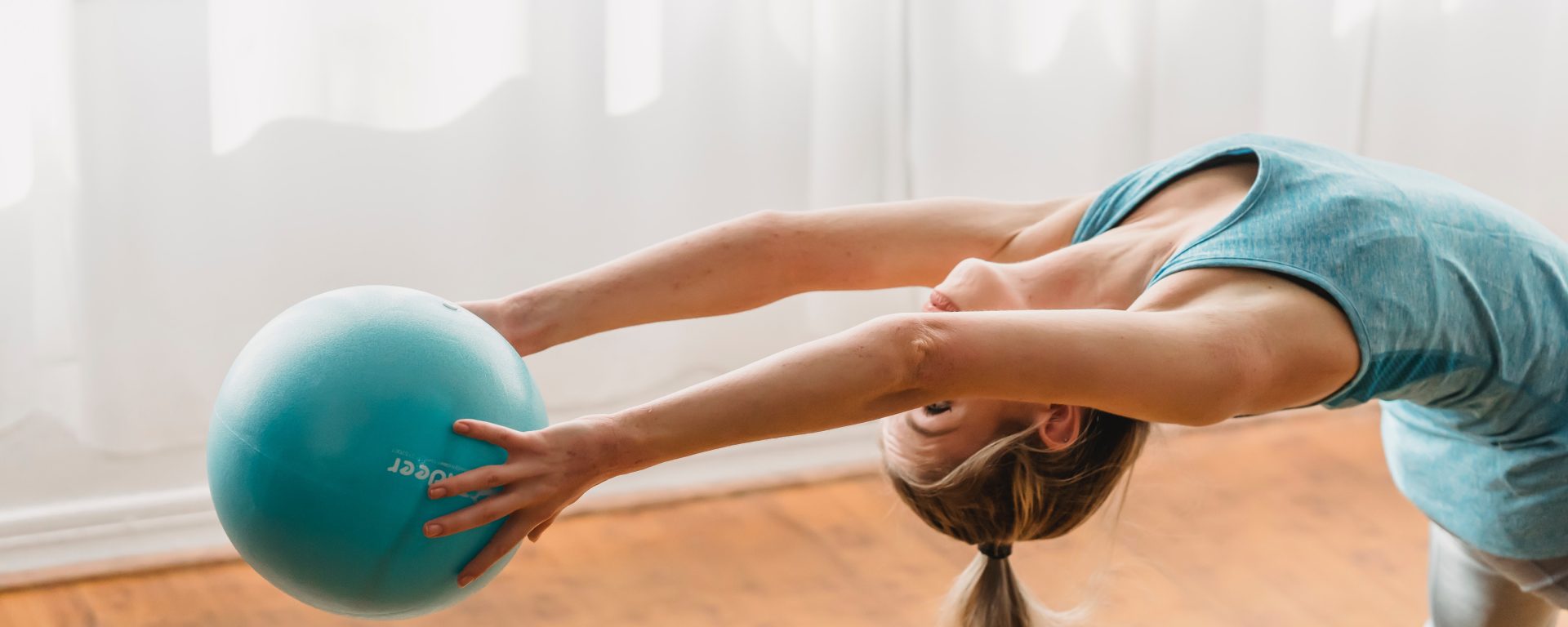The impact of recovery methods on athletic performance following intermittent training remains a topic of debate. In this study, researchers led by Nidhal Zarrouk, et. al., (2011) sought to shed light on this issue by comparing the effects of three distinct recovery interventions on the peak torque (PT) and electromyographic (EMG) activity of the knee extensor muscles in elite judo players.
Eight elite judo players, with an average age of 18.4 years, height of 180 cm, and weight of 77.0 kg, participated in this crossover study conducted in a research laboratory. The participants engaged in three randomized sessions over a seven-day period, each session involving five sets of ten concentric knee extensions at 80% PT at a velocity of 120°/s. Three minutes of recovery time were allowed between sets, and the recovery interventions included passive, active, and electromyostimulation techniques. PT and maximal EMG activity were concurrently measured before and three minutes after the resistance exercise using an isokinetic dynamometer.
The findings revealed noteworthy differences among the recovery methods. Electromyostimulation emerged as the most effective intervention, as it led to a lesser reduction in PT compared to passive and active recovery. Specifically, the reduction in PT was significantly lower after electromyostimulation (P < .001) and passive recovery (P < .001) when compared to active recovery. Furthermore, electromyostimulation also resulted in a higher maximal EMG activity level compared to active recovery (P < .05).
In conclusion, this study demonstrates that electromyostimulation is a valuable tool for reducing neuromuscular fatigue following high-intensity intermittent concentric exercise involving the knee extensor muscles. Surprisingly, active recovery induced the greatest degree of neuromuscular fatigue among the three recovery methods studied. These findings have important implications for athletes and coaches looking to optimize recovery strategies and subsequent athletic performance in the realm of intermittent training.
Reference: Zarrouk, N., Rebai, H., Yahia, A., Souissi, N., Hug, F., & Dogui, M. (2011). Comparison of recovery strategies on maximal force-generating capacity and electromyographic activity level of the knee extensor muscles. Journal of athletic training, 46(4), 386-394.
